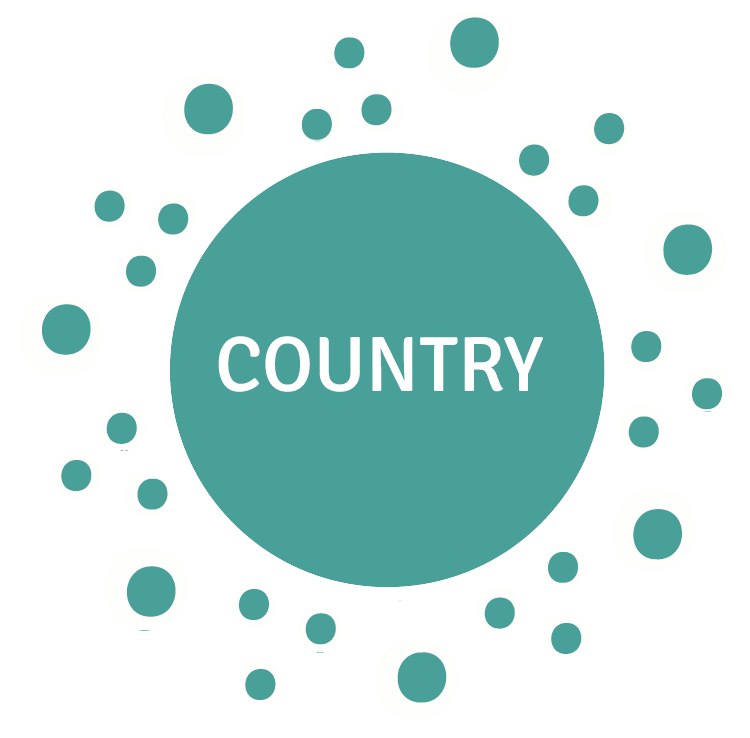Hello, everyone. My name’s Shane Clark, of the Bunurong Land Council. A Traditional Custodian of these lands of where we are today and where we gather. I’d like to start by acknowledging and paying my respects to my Elders, both past and present. And remember that we walk in the footsteps of our ancestors.
So wominjeka. Welcome all my friends to the lands of the Bunurong.
When we talk about being on Country and connecting to Country, it’s connecting to what’s underneath our feet and what’s around us. As a part of connecting to Country I think it’s important to recognize and understand the seasons of the Bunurong Country.
We say Winter, Pereen. More water filling up in the waterways. Wet under your feet. Traditionally, Bunurong people would move to higher ground. Diet would consist of koalas, wallabies, wombats. Listen to the sounds of crackling fire, where people would gather to stay warm, connect, cook and share stories, but also gather possums to use their skins to make their cloaks. They’d also collect bark and limbs to build their shelters to stay warm.
Spring, Perripe. Acacias blossom, yellow flowers on trees, smell of pollen is in the air. Birds mate, ducks and other fouls are hunted, food sources are more abundant.
Summer, Woodin. We can identify the Summer when we feel the dry under our feet. Hot winds signal Summer. Sounds of insects and frogs at night. Flowers fade away and fruit appears. Fishing, gathering food and dancing. Because in the Summertime we come to the bay for the shellfish. We knew, it was time, it was the right time to eat.
Autumn. Pilligerin. Hot winds cease to blow, rain makes the grass turn green. Shelter is welcome. Commence moving to higher ground to prepare for Winter. Where there was abundance there was kangaroo, possum, echidna, eels, fish and root plants growing in the surrounding marshes.
When we walk on Country, tread lightly because underneath our feet our history sleeps.
So just remember for the parents, for the older people. It’s not only for yourselves to understand and learn. I guess it’s important for the kids also, because this is their journey as well.
Connect to Country, embrace the story, history. Because Aboriginal people, we say heal Country and part of healing Country is healing people, so let’s all share that together.
